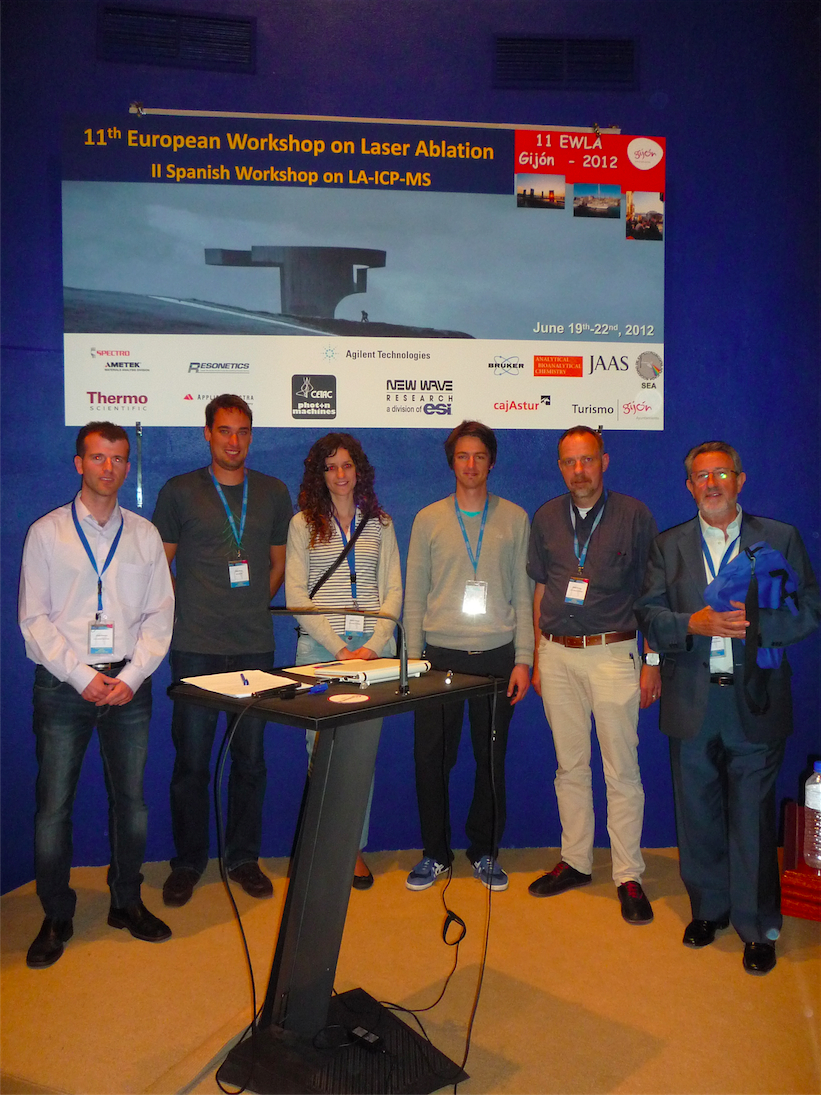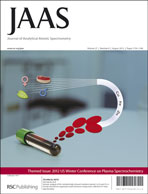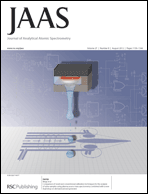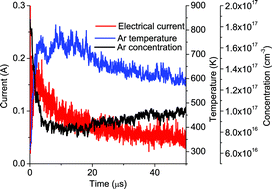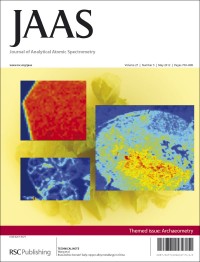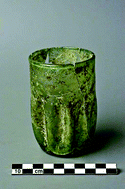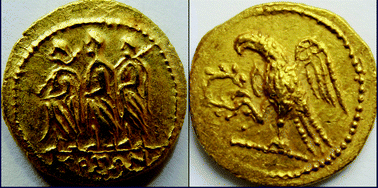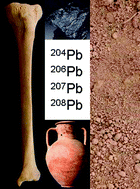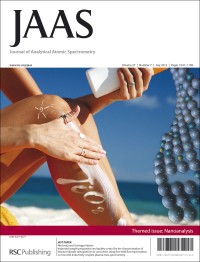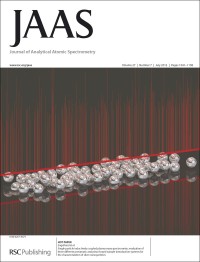The 11th European Workshop in Laser Ablation was held on June 19 – 22, 2012 in Gijón, Spain, organized by scientists from the University of Oviedo: JAAS Advisory Board Member Prof. Jorge Pisonero, Dr. Beatriz Fernández, Prof. Rosario Pereiro García and Dr. Nerea Bordel García. Taking advantage of this opportunity, the II Spanish Workshop on LA-ICP-MS was simultaneously organized.
The conference counted with the participation of 110 persons from Africa, America, Asia and Europe, who presented 24 Oral communications and 33 posters. In addition, several instrument demos and user meetings took place. JAAS Chair Prof. Frank Vanhaecke, former JAAS Chair Prof. Deflet Günther, Dr. Violeta Lazic, Prof. Rick Russo and Dr. Josephine Bunch were the Invited Lecturers. You can find some recent examples of these authors’ work below.
Of course, the organizers made sure that the participants had plenty of opportunities to taste the local sidra, which, in combination with the high quality of the works presented, made this workshop a most memorable event.
From right to left: Prof. Alfredo Sanz-Medel (Abc Editor), Prof. Detlef Günther (JAAS Chair), Andreas Riedo (Best Oral presentation), Rebeca Valledor (JAAS Poster Award), Reto Glaus (Abc Poster Award) and Prof. Jorge Pisonero (Chairman)
A pilot study on the use of laser ablation-ICP-mass spectrometry for assessing/mapping the distribution of a drug and its metabolites across the body compartments of rats, Andrei Izmer, Deepti Gholap, Kathleen De Houwer, Filip Cuyckens and Frank Vanhaecke, J. Anal. At. Spectrom., 2012,27, 413-418
Laser ablation-inductively coupled plasma-mass spectrometry using a double-focusing sector field mass spectrometer of Mattauch–Herzog geometry and an array detector for the determination of platinum group metals and gold in NiS buttons obtained by fire assay of platiniferous ores, Martín Resano, Keith S. McIntosh and Frank Vanhaecke, J. Anal. At. Spectrom., 2012,27, 165-173
Fundamental studies on the ablation behaviour of carbon in LA-ICP-MS with respect to the suitability as internal standard, Daniel A. Frick and Detlef Günther, J. Anal. At. Spectrom., 2012,27, 1294-1303
Visualization, velocimetry, and mass spectrometric analysis of engineered and laser-produced particles passing through inductively coupled plasma sources, Luca Flamigni, Joachim Koch, Helmar Wiltsche, Robert Brogioli, Sabrina Gschwind and Detlef Günther, J. Anal. At. Spectrom., 2012,27, 619-625
Rapid bulk analysis using femtosecond laser ablation inductively coupled plasma time-of-flight mass Spectrometry, Jhanis J. González, Dayana D. Oropeza, Henry Longerich, Xianglei Mao and Richard E. Russo, J. Anal. At. Spectrom., 2012, Advance Article
A novel calibration strategy for analysis and imaging of biological thin sections by laser ablation inductively coupled plasma mass Spectrometry, J. A. T. Pugh, A. G. Cox, C. W. McLeod, J. Bunch, B. Whitby, B. Gordon, T. Kalber and E. White, J. Anal. At. Spectrom., 2011,26, 1667-1673


